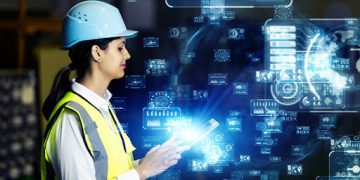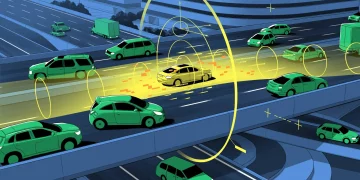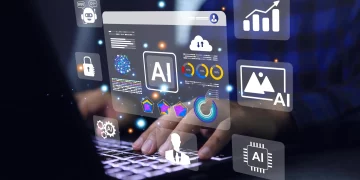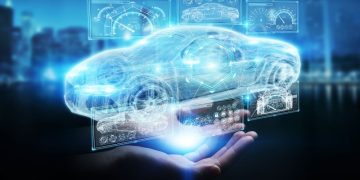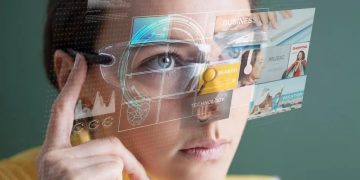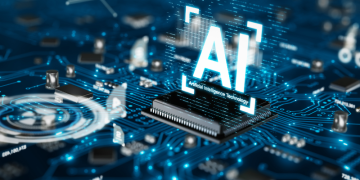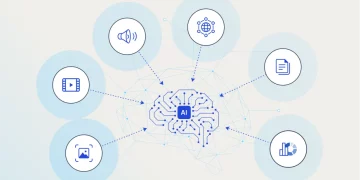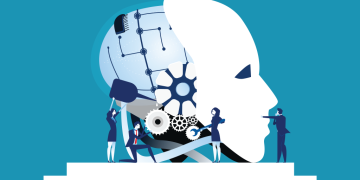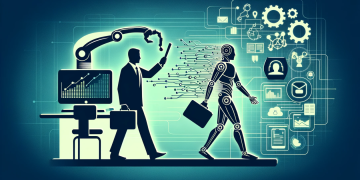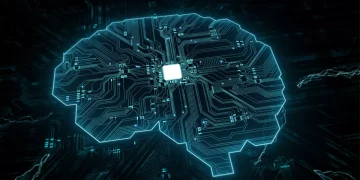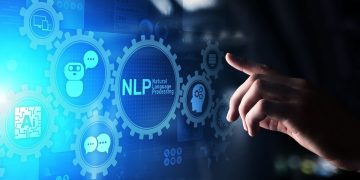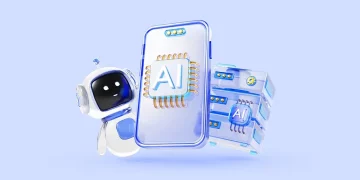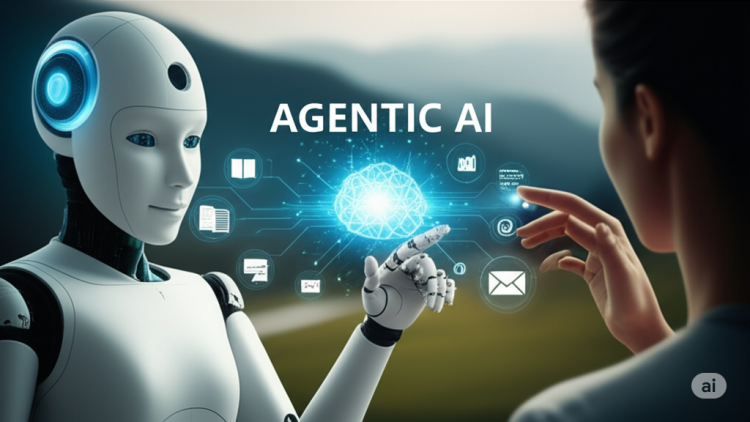Artificial Intelligence (AI) has made remarkable strides over the last few decades, but the journey is far from over. The traditional models of AI, including supervised learning, rule-based systems, and deep learning networks, have brought us to where we are today—where AI systems can recognize patterns in data, automate tasks, and even mimic aspects of human intelligence. However, the limitations of these traditional approaches are becoming increasingly apparent as new challenges emerge, demanding innovative breakthroughs that can push the boundaries of AI.
The next wave of AI innovation is not merely an iteration of what we already know but a transformative shift in how machines understand, learn, and interact with the world. These innovations are opening up new frontiers in areas such as unsupervised learning, neuro-symbolic AI, quantum computing, and autonomous systems, each one contributing to a deeper and more sophisticated form of artificial intelligence.
In this article, we will explore how the latest breakthroughs in AI are set to lead the next technological revolution and the industries they are poised to disrupt.
1. The Limitations of Traditional AI Models
To understand where AI innovation is heading, it’s essential to first recognize the limitations of traditional AI models. These models have achieved impressive feats but often fall short when it comes to handling more complex, real-world scenarios. Below are some of the challenges with traditional AI models:
a. Heavy Dependence on Labeled Data
Traditional machine learning models—especially supervised learning—rely heavily on labeled data. However, gathering labeled data can be time-consuming, expensive, and sometimes impossible in certain fields. For example, labeling medical images or legal documents often requires domain expertise, which is both costly and scarce.
b. Lack of Generalization
Traditional AI models are often highly specialized and perform well on narrow tasks but struggle to generalize across different domains. A model trained on recognizing cats in photos might perform poorly when asked to identify other animals. This lack of adaptability is a significant hurdle for scaling AI to more complex, multi-dimensional problems.
c. Inefficiency and Lack of Interpretability
Many traditional AI models, especially deep learning systems, operate as “black boxes.” While they can perform tasks with high accuracy, understanding how they arrive at their decisions is difficult. This lack of interpretability can be a critical issue, particularly in industries such as healthcare or finance, where transparency and accountability are paramount.
As AI matures, these challenges have driven the need for more sophisticated, flexible, and transparent systems—leading to the next wave of innovation.
2. The Rise of Unsupervised and Self-Supervised Learning
One of the most significant innovations in AI is the move toward unsupervised learning and self-supervised learning (SSL). These approaches are shaking the foundation of traditional supervised learning methods by enabling machines to learn from vast amounts of unlabeled data—something that was previously thought to be impossible for AI.
a. Unsupervised Learning
Unsupervised learning models can learn patterns and structures from data without the need for explicit labels. These systems rely on techniques such as clustering, dimensionality reduction, and anomaly detection to uncover hidden structures in data. For instance, k-means clustering can be used to group customers with similar behaviors, and autoencoders can help reduce data dimensionality.
b. Self-Supervised Learning
Self-supervised learning takes things a step further by using unlabeled data to create pseudo-labels for training. The model essentially learns to predict parts of the data itself. This is especially powerful in domains like natural language processing (NLP), where models like GPT-3 and BERT are trained to predict missing words or next sequences in text data. In computer vision, models can be trained to predict the context of images or the orientation of objects. This approach greatly reduces the need for large, labeled datasets and improves the efficiency of AI models.
Self-supervised learning allows machines to learn in a more human-like way, where they can grasp concepts from raw data and make predictions or decisions based on incomplete information. This method is expected to fuel breakthroughs in fields like medical imaging, autonomous vehicles, and natural language understanding, where labeled data is sparse or hard to obtain.
3. Neuro-Symbolic AI: Bridging the Gap Between Learning and Reasoning
While deep learning and neural networks have driven AI progress in recent years, they lack the ability to reason symbolically or perform logical inference. This is where neuro-symbolic AI comes into play, combining the strengths of both neural networks (which excel at learning from data) and symbolic AI (which focuses on logic, reasoning, and understanding abstract concepts).
a. What is Neuro-Symbolic AI?
Neuro-symbolic AI combines neural networks with symbolic reasoning systems, allowing machines to reason, deduce, and generalize beyond just pattern recognition. Neural networks excel at learning from raw data, but they often lack transparency and reasoning capabilities. Symbolic AI, on the other hand, is based on well-defined logical rules and explicit representations but often struggles to scale to complex, unstructured data.
By combining the two approaches, neuro-symbolic AI enables machines to not only learn from data but also apply logical reasoning to understand relationships and perform tasks that require common sense and abstract thought.
b. Potential Applications
Neuro-symbolic systems can significantly enhance areas like:
- Natural Language Understanding (NLU): Machines could learn from vast amounts of text data and then reason about the world in a way that incorporates both learned knowledge and explicit logical rules.
- Robotics: Robots could combine sensory data (like vision or touch) with reasoning to understand how to perform complex tasks, such as assembling products or collaborating with humans.
- Healthcare: By combining data-driven learning from medical records with symbolic reasoning (such as understanding patient history and medical protocols), neuro-symbolic AI could assist in diagnosing diseases and recommending treatments.
4. Quantum Computing: The Next Frontier of AI
While classical computers have driven the AI revolution, quantum computing represents a paradigm shift that has the potential to accelerate AI research exponentially. Quantum computers process information in fundamentally different ways compared to classical computers, utilizing principles from quantum mechanics to solve problems that would be infeasible for classical machines.
a. Quantum Machine Learning (QML)
Quantum machine learning (QML) explores how quantum computing can enhance traditional machine learning techniques. Quantum computers have the potential to solve certain types of optimization problems far faster than classical machines. For example, in reinforcement learning or large-scale data processing, quantum computers can handle complex calculations in a fraction of the time it would take classical systems.
QML holds promise for:
- Speeding up training of deep learning models, potentially reducing the computational cost and time associated with training large networks.
- Solving optimization problems more efficiently, which is valuable in fields like drug discovery, logistics, and finance.
- Enhancing data security by utilizing quantum encryption, which could be applied to AI systems requiring high levels of security, such as in healthcare or military applications.
While practical quantum computers are still in their infancy, the progress being made in quantum algorithms and hardware is positioning quantum computing to be a transformative technology for AI in the near future.
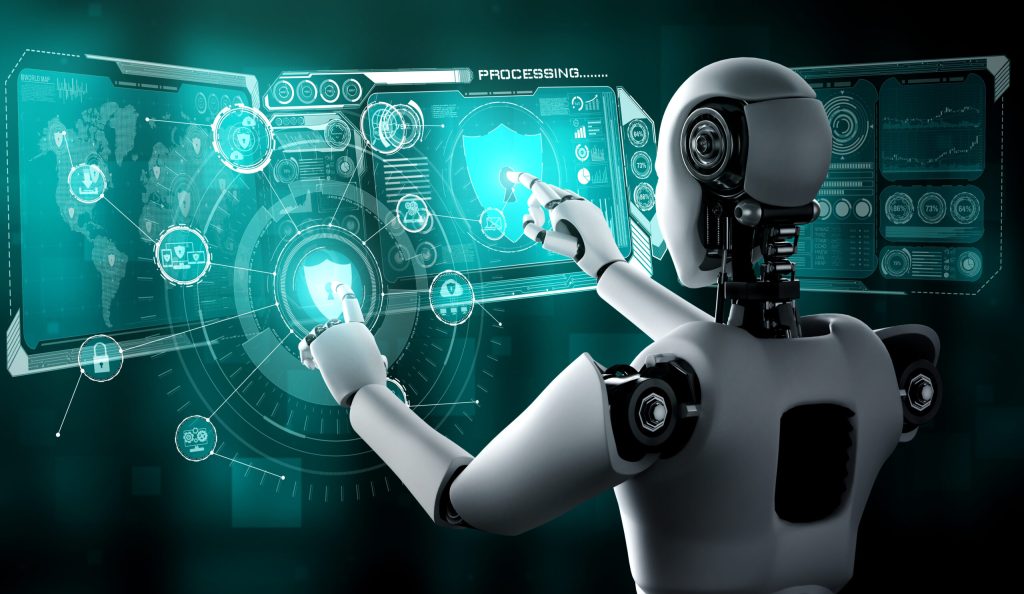
5. Autonomous Systems: Redefining AI’s Role in the Real World
Autonomous systems—whether robots, drones, or self-driving cars—are quickly becoming one of the most important applications of AI. These systems need to perceive the world, make decisions in real-time, and act autonomously to achieve complex tasks, often in highly dynamic and unpredictable environments.
a. The Evolution of Autonomous Systems
The traditional models of AI often rely on predefined rules or supervised learning. However, autonomous systems demand real-time learning, decision-making, and adaptation based on environmental input. Innovations such as reinforcement learning (RL) allow machines to learn from their actions and refine their strategies based on rewards and penalties. This dynamic form of learning enables robots to autonomously explore new environments, such as in space exploration, or navigate complex urban landscapes in the case of self-driving cars.
b. Challenges and Opportunities
- Real-Time Decision Making: Autonomous systems require the ability to process and interpret multiple data streams from sensors, cameras, and microphones, making real-time processing a significant challenge.
- Ethical and Safety Considerations: For autonomous vehicles or drones, safety and ethical considerations—such as decision-making in life-or-death situations—are critical. AI systems must be able to make decisions that align with societal norms and legal standards.
The next wave of innovation in autonomous systems will require highly adaptable, robust AI models capable of functioning in unpredictable real-world scenarios.
6. Conclusion: Leading the Next Technological Revolution
We are on the cusp of the next major revolution in AI. Traditional models have paved the way, but the future will be defined by innovation in areas like self-supervised learning, neuro-symbolic AI, quantum computing, and autonomous systems. These breakthroughs are set to push AI beyond narrow, task-specific systems and toward more general, adaptive, and intelligent machines.
The impact of these innovations will be felt across industries—from healthcare and autonomous vehicles to entertainment and finance. As AI continues to evolve, the ability to understand, learn, and act in complex, dynamic environments will redefine what’s possible and unlock new opportunities that were previously unimaginable.
The next wave of AI is not just about improving existing technologies; it’s about creating entirely new paradigms that will shape the future of technology itself. By embracing these innovations, we are preparing for a world where AI will not just assist but will actively drive the next technological revolution.

